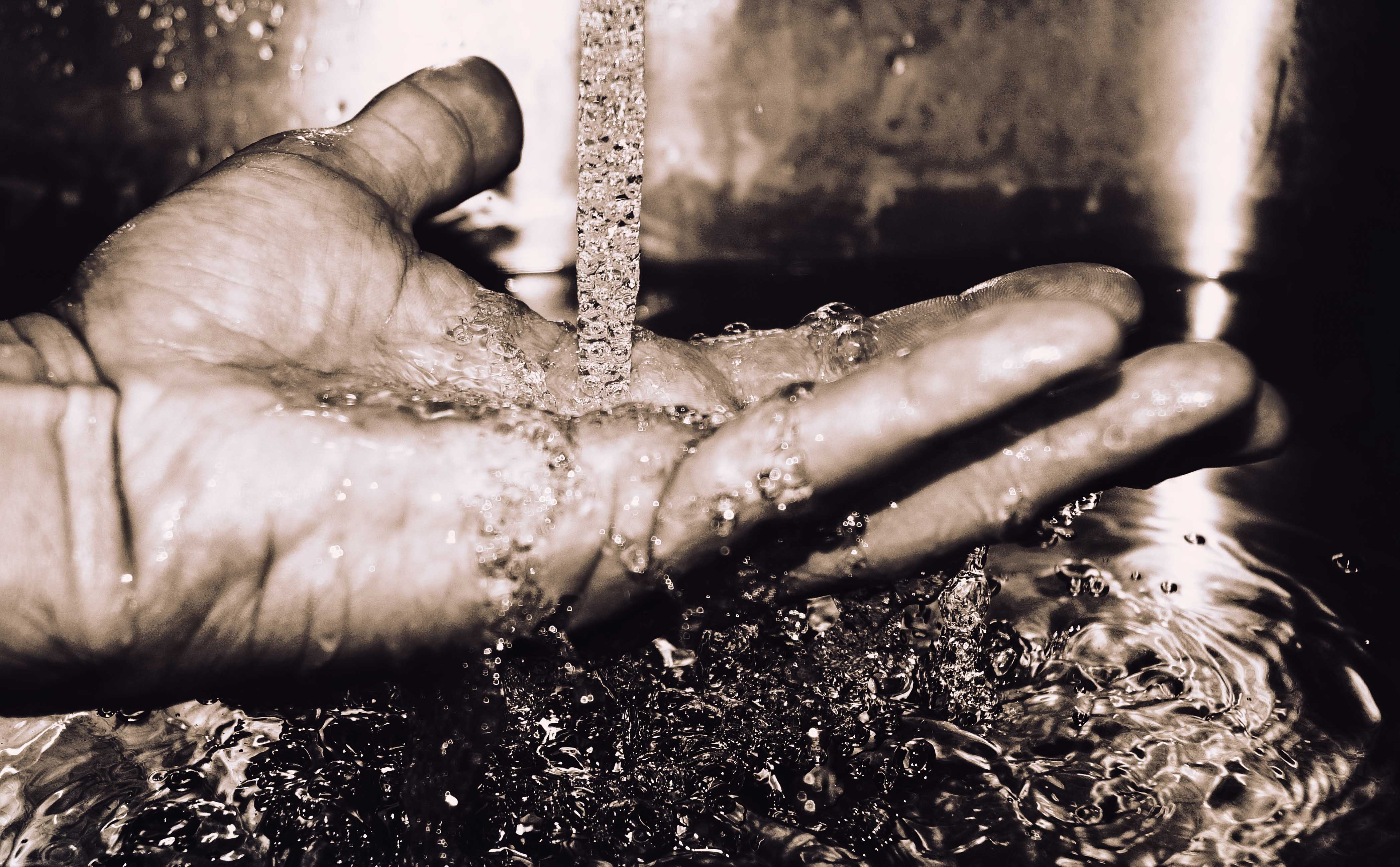In Cambodia, approximately four million people lack access to safe water, and six million lack access to improved sanitation. With approximately 80 per cent of Cambodians living in rural areas, poor access to safe water and sanitation disproportionately affects its rural communities. It was with this in mind that TreadRight partnered with Just a Drop these past two years to deliver a pair of impact water interventions projects in Cambodia.
The first aimed to transform the lives of 1,806 people who live in the villages of Damrey Slap, Knar Chor, and Rolom Sway, which you can read about here.
We now provide an update on the most recent project at Chray Village, Cambodia where excellent progress has been made since the project began in March 2018.
In the early days of the project a community meeting was held to let everyone know about the project goals, activities, donors and implementing organisation, and following that meeting a Community Mobiliser continued to visit the village to meet the community members and identify beneficiaries for the biosand filters.
Soon after local workers were trained to construct the 111 concrete rings required for well construction, school latrines and household latrines within the village and a well has been dug at Kbal Khmorch Primary School. Now the cement rings and other materials required have also been delivered to each beneficiary and household construction is expected to begin soon. Meanwhile, 60 biosand filters were built and delivered to households, along with training on how to use and maintain them.
Clean water, sanitation facilities and hygiene practices, such as handwashing, change everything for these communities. When the whole community has better health, children no longer die from preventable diseases caused by dirty water and a lack of sanitation, and women and children no longer have to make long and dangerous journeys to the nearest source. Instead, children can spend more time in school, and women can spend time working to generate an income.
With a stable source of water in the community, food security is increased, as families can grow crops and sell the excess. Communities have better health, more stable food sources, more income and increased prosperity. They can begin to lift themselves out of the poverty trap.
